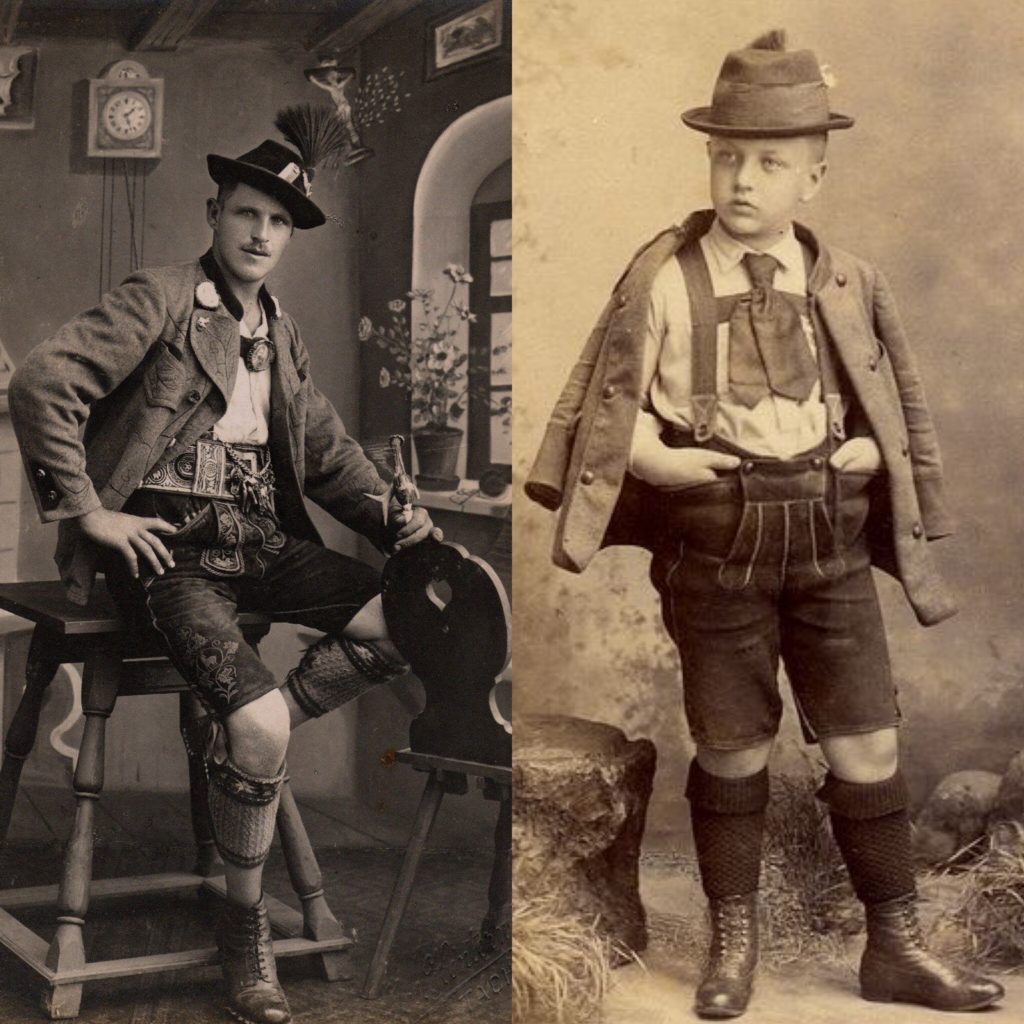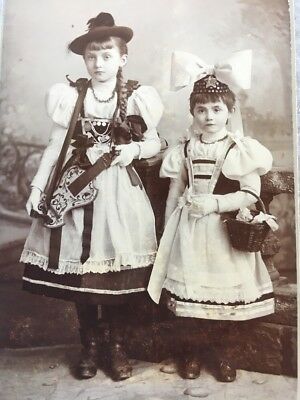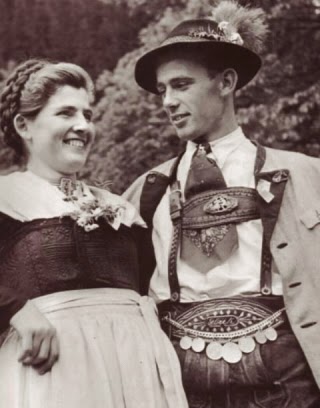The History Of The Lederhosen and Dirndl

It’s that time of year again! During Oktoberfest you’ve probably seen people out and about in its traditional festive Bavarian outfits, which were introduced centuries ago to celebrate German pride. In fact, the lederhosen and dirndl may be the most recognizable and iconic country-specific outfits in the world. So let’s break down how these outfits came into play and what they mean.

Lederhosens are knee-length breeches traditionally worn by men. Though these are now worn as a festive, traditional costume, they did not start out that way. Back in 1626 Bavarian Prince, Maximilian I created a dress code to show people’s rank in society. The law separated people into seven groups and noted that farmers were not allowed to wear imported clothing or valuable jewelry -aside from a wedding ring. Lederhosen shorts were created to be worn for this lower class, who did manual labor. They were generally made from leather to sustain durability in intense working conditions. They feature a unique drop front which is thought to be unique Bavarian invention. The term lederhosen quite literally translates into “leather breeches.” These were traditional made from tanned deer leather making them lightweight and comfortable, but also tearproof.
These iconic shorts had a boost of popularity around 1880, when it became fashionable for noble society to emulate peasant style. In 1887 Oktoberfest announced that the lederhosen would become part of the official wardrobe for attendees, which resulted in them becoming a universal German wardrobe staple. Though often known as German clothing, lederhosens were also worn by Austrian boys from the 1930’s to 1970’s. A good pair of these shorts were very valuable and often passed down through several generations. These are typically worn with H style suspenders, knee or ankle-length socks, a light or checkered shirt in blue, green or red and Haferl shoes.



Women’s dirndls were also created for the working poor. The word is derived from dirndlgewand which means “maid dress”. These were mostly worn by house maids and farm workers beginning in the 1600’s. During this era, women were only allowed to wear dirndls in grey or brown, aside from Sundays and holidays, when they were allowed to wear them in blue. By the 18th century, much like the lederhosen it became trendy for the upper class to wear these. Dirndls started to be made in expensive fabrics like silks and satins. While younger girls wore more modest shirts under their bodices, but women tended to wear corsets beneath their dirndl to boost cleavage.

Back when maids wore dirndls, the apron bows didn’t matter much, but bow tying later evolved and took on the deeper meaning of a public display of a women’s marital status. Tying a bow on the left side indicated that she was single, a bow at the front center meant that she was a virgin (or keeping her status a secret), on the right meant that she is married or taken, and a bow tied at the back meant that she was widowed, a waitress or child. These rules are generally still followed today when a dirndl is worn.

A traditional dirndl consists of a white blouse, a bodice-often with intricate embroidery, a full skirt with a hidden “kittlesack” pocket in the front or side, and an apron. Today these are made in an endless variety of colors, styles and lengths. Though some confuse dirndl with tracht, there are several major differences.
Tracht is typically only made as a custom garment out of luxurious fabrics and will have handwork like embroidery and lace. Custom trachts can cost upwards of $1,000 where as ready to wear dirndls are much lower priced. Today dirndls remain extremely popular in Germany and Austria due to the fact that they are not as expensive as the native dress. Lederhosen and dirndl are also still worn the world over during modern Oktoberfest celebrations.





